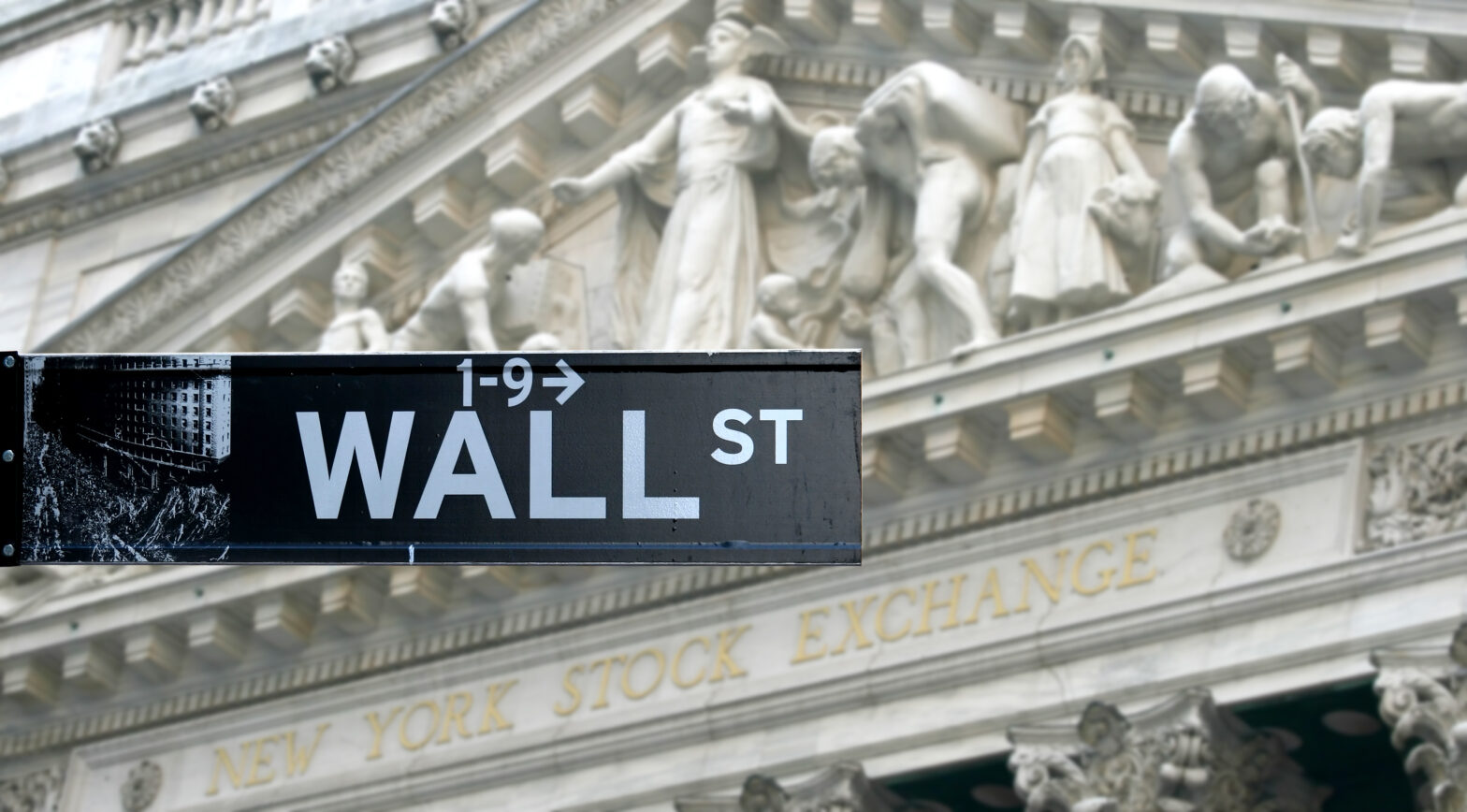The rise in the use of EMV technology has pushed fraudsters to the call centre for data and information theft. In fact, $10 billion is stolen through the enterprise contact centre per year, and call centre fraud spiked 113% in 2016. Financial institutions on Wall Street are often the biggest targets for phone fraud with one in every 2,500 calls incoming to a financial firm being fraudulent.
In the wake of this ever-expanding threat, big financial firms are turning to new technologies to curb data theft in the call centre. The problem is growing.
>See also: Hacked companies underperform by ‘42% after three years’
This is according to insight from Next Caller, a Y-combinator graduate. The company specialises in fraud protection service used by major financial companies. Its proprietary customer identification software is used by Wall Street firms to analyse metadata of each incoming call — as unique as a fingerprint — instantly flagging those where the data has been manipulated to indicate a data breach attempt.This approach can’t be gamed by phone spoofing, which accounts for 90% of call centre fraud today, and limits the future potential of voice recognition hacking — such as recording voice inputs and more advanced voice synthesis. In fact, during a recent pilot with a top US bank, Next Caller analysed millions of calls, reporting zero false negatives. Its solution never erred in deeming a call “safe.”
Tim Prugar, director of customer success at Next Caller said “The stock implication findings aren’t surprising. We’ve already seen a drop in revenue and customer confidence post data-breach. Target’s sales dropped 2.5% in Q4 and store traffic fell tremendously following their breach. It’s not surprising that this would replicate on the stock market scale.”
>See also: How UK banks can fight off disruptors in the next decade
“Major attacks (Snapchat for example) come as a result of human error. Whether it’s phone fraud, phishing, SMSishing, businesses need to train their employees to be vigilant about social engineering tactics, and need to invest in resources that can detect spoofed calls or emails in a real-time environment.”
“Investors have to think about the security of the companies they are investing in along with the third party vendors they are using. The rise in the use of 3rd party software and IoT means that you don’t only have to worry about a company’s security practices and infrastructure, but also every vendor companies work with. Many attacks, Target’s for example, and the ongoing data breach that has impacted many hotels originate with a third-party.”
The UK’s largest conference for tech leadership, Tech Leaders Summit, returns on 14 September with 40+ top execs signed up to speak about the challenges and opportunities surrounding the most disruptive innovations facing the enterprise today. Secure your place at this prestigious summit by registering here






